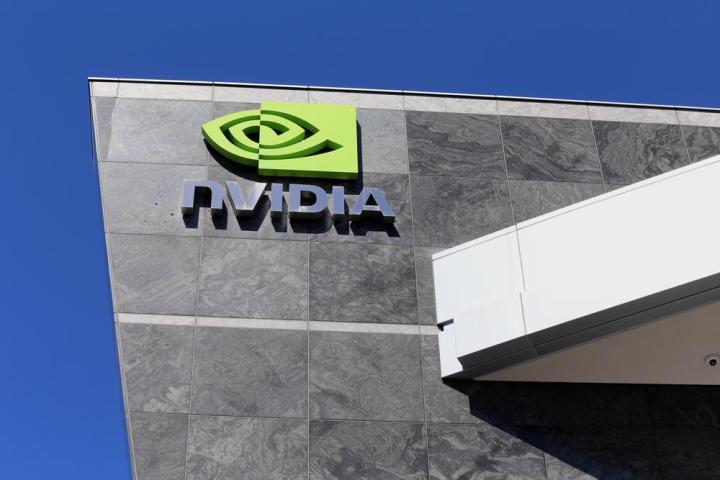
Nvidia has been stuck on the 28nm die size for several years now, but it looks like the Pascal chip will break that cycle, moving the process to FINFet 16nm. The sources also reported that it’s actually a very similar process to the 14nm used by Intel and Samsung, with identically sized logic gates. The Pascal GPU supposedly packs more than 17 billion transistors into its smaller size.
One of the targets for Pascal that Nvidia shared late last year was to bring HBM into the manufacturing process, and it looks like they’ve hit that mark too. AMD introduced the new RAM stacking technology on its Fury line of cards at E3, which lowers power needed to access memory, and speeds up bandwidth drastically. Nvidia’s first card with the tech will actually feature HBM 2.0, which gives it support for up to 32GB of RAM, although that’s likely to only end up on the highest-end card.

It’s no surprise that Nvidia is showing up late to the HBM party, especially when you consider AMD is co-developing the technology. There isn’t a lot of detail here for use in confirming if these rumors are true or not, but they’re certainly in line with what we can expect from Pascal, based on previous statements and roadmaps from Nvidia. Chances are we won’t see, or even hear more about, the Pascal GPU in 2015, and if we do it will just be more rumors.



